



9" x 5.5"
Folded
40 pages (20 loose)
Open edition.






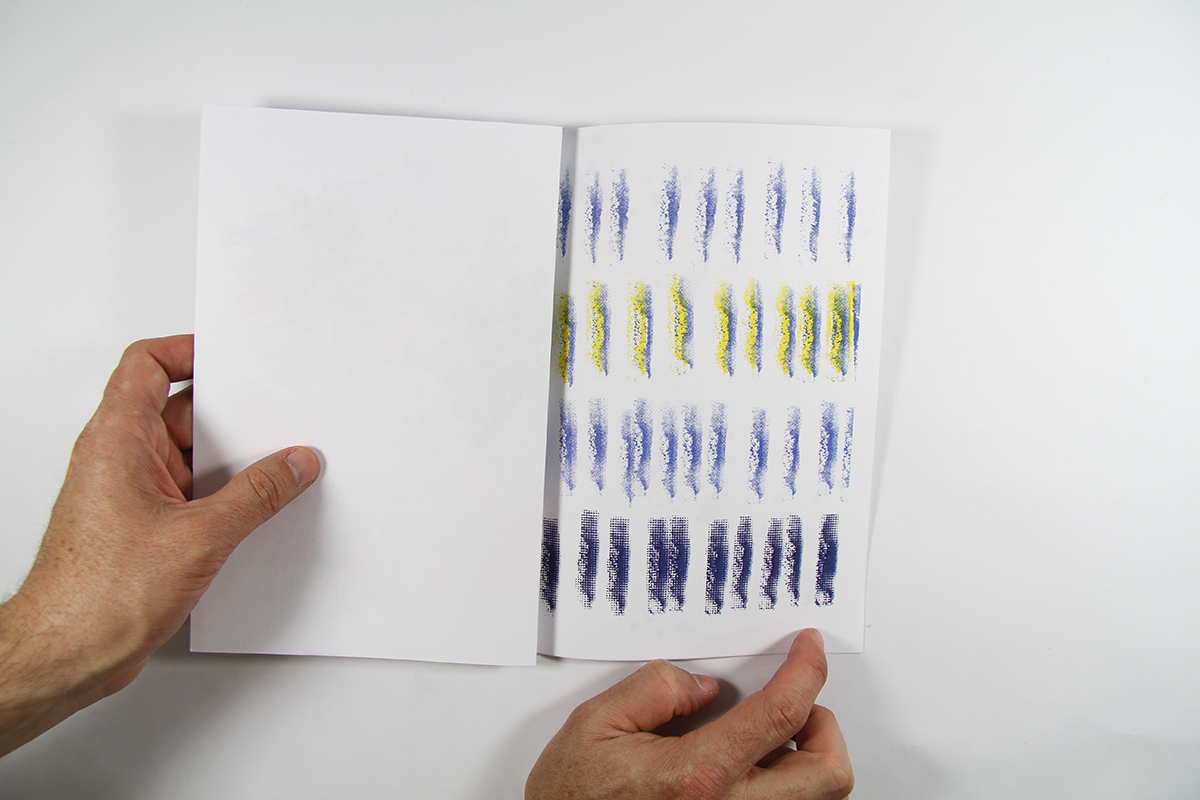


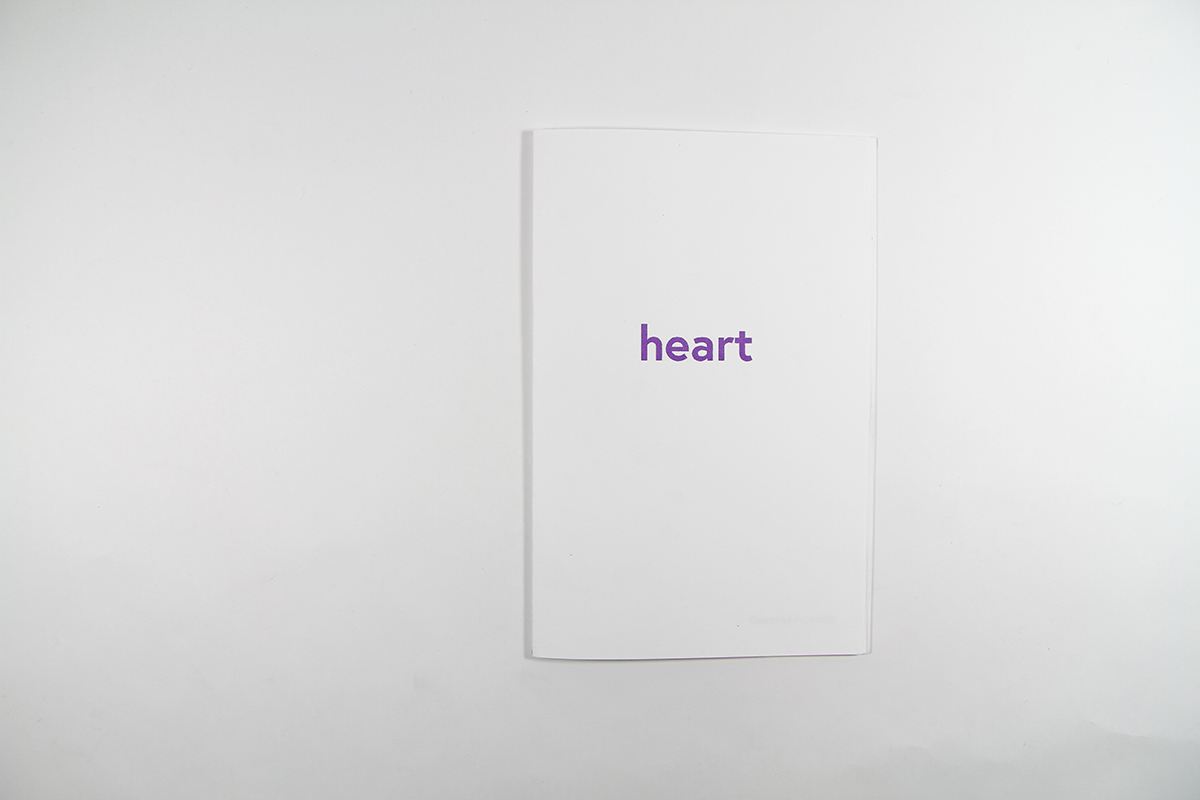


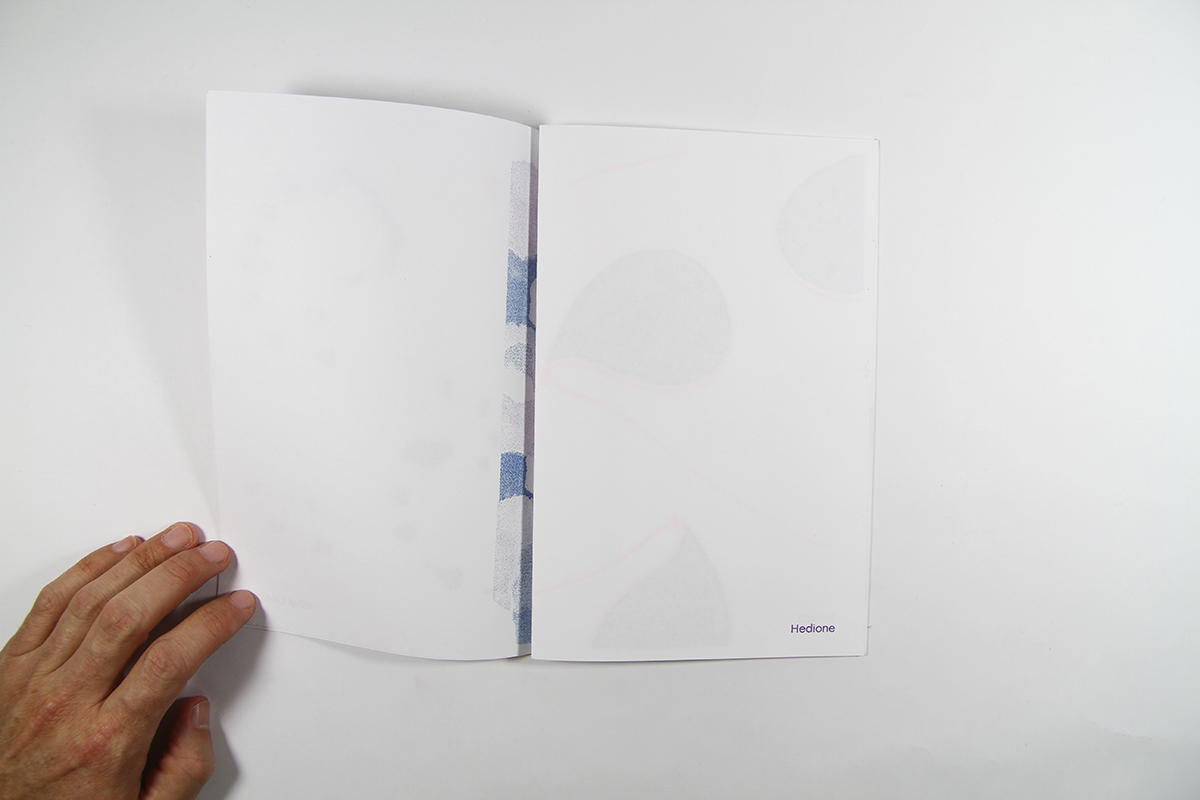



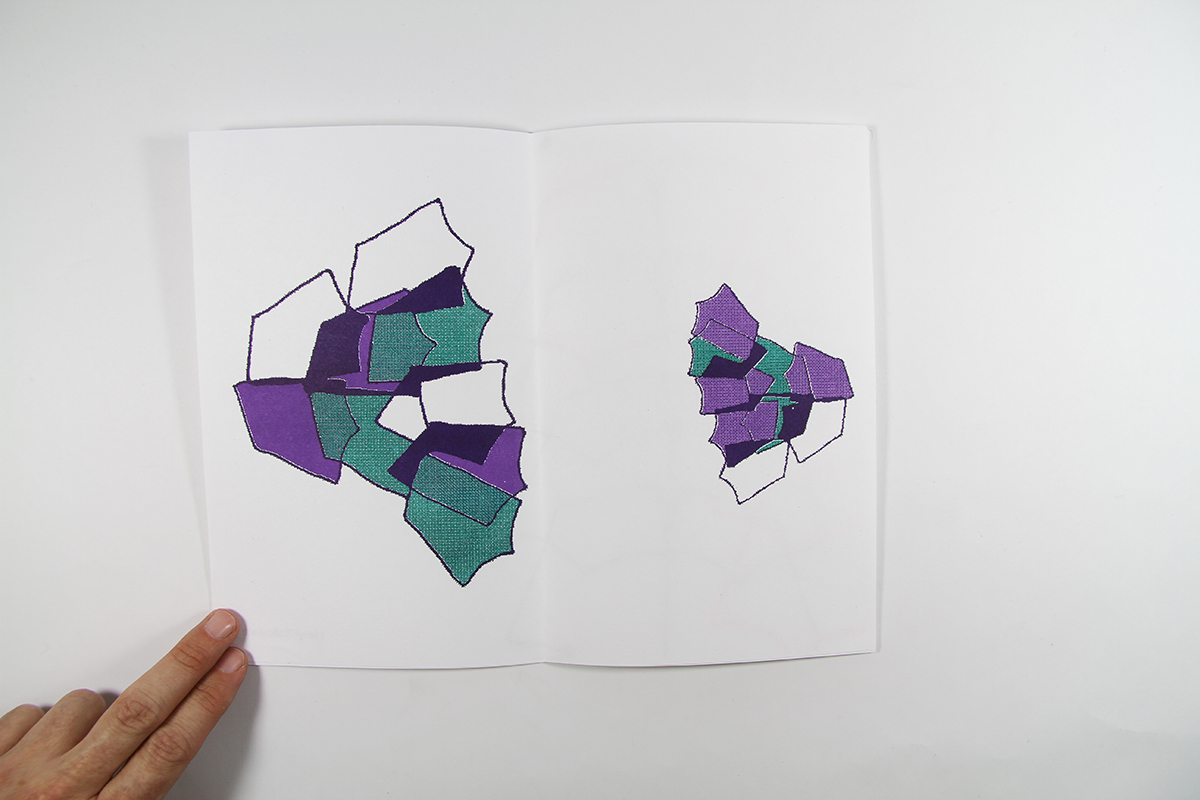


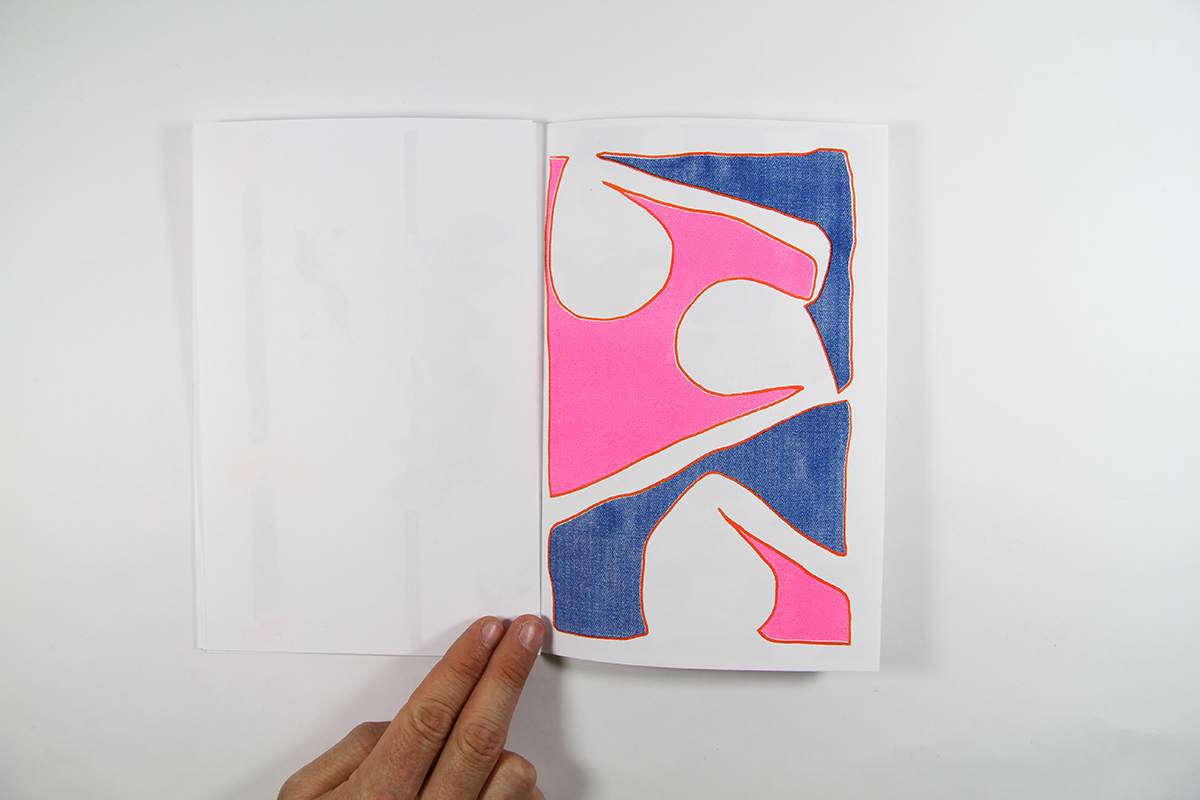
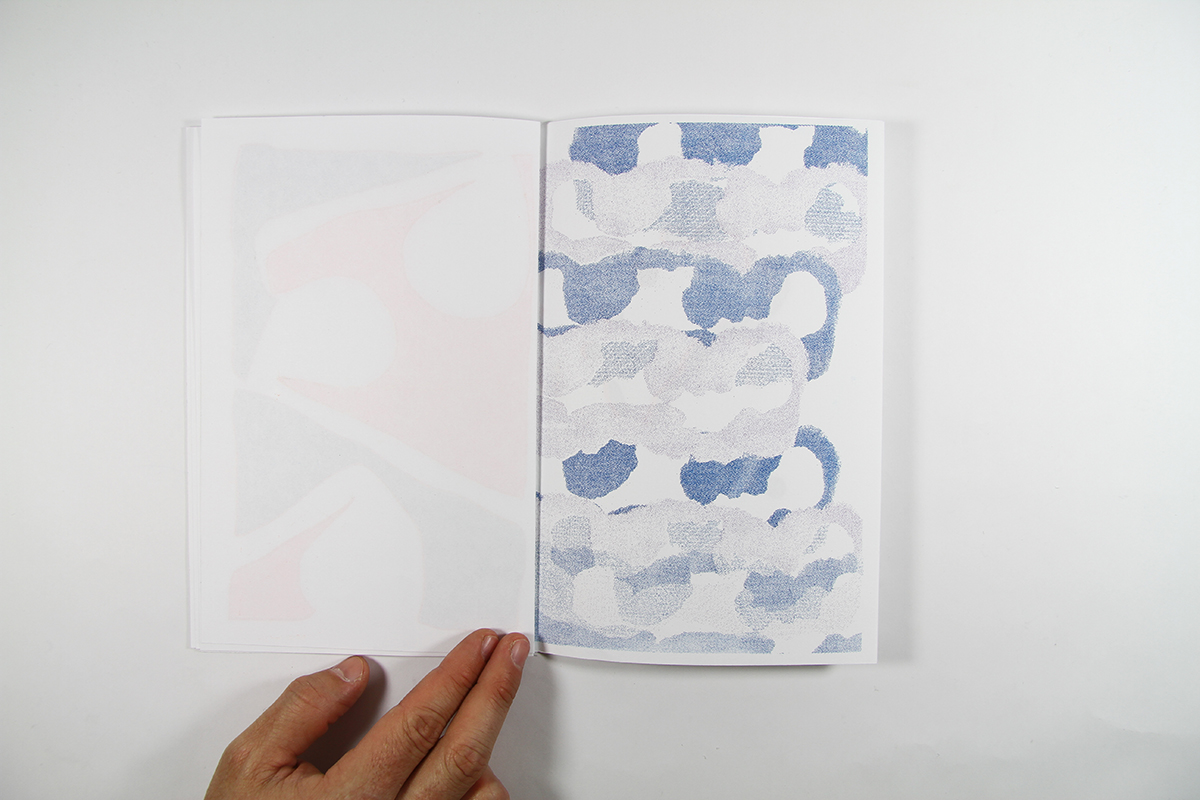

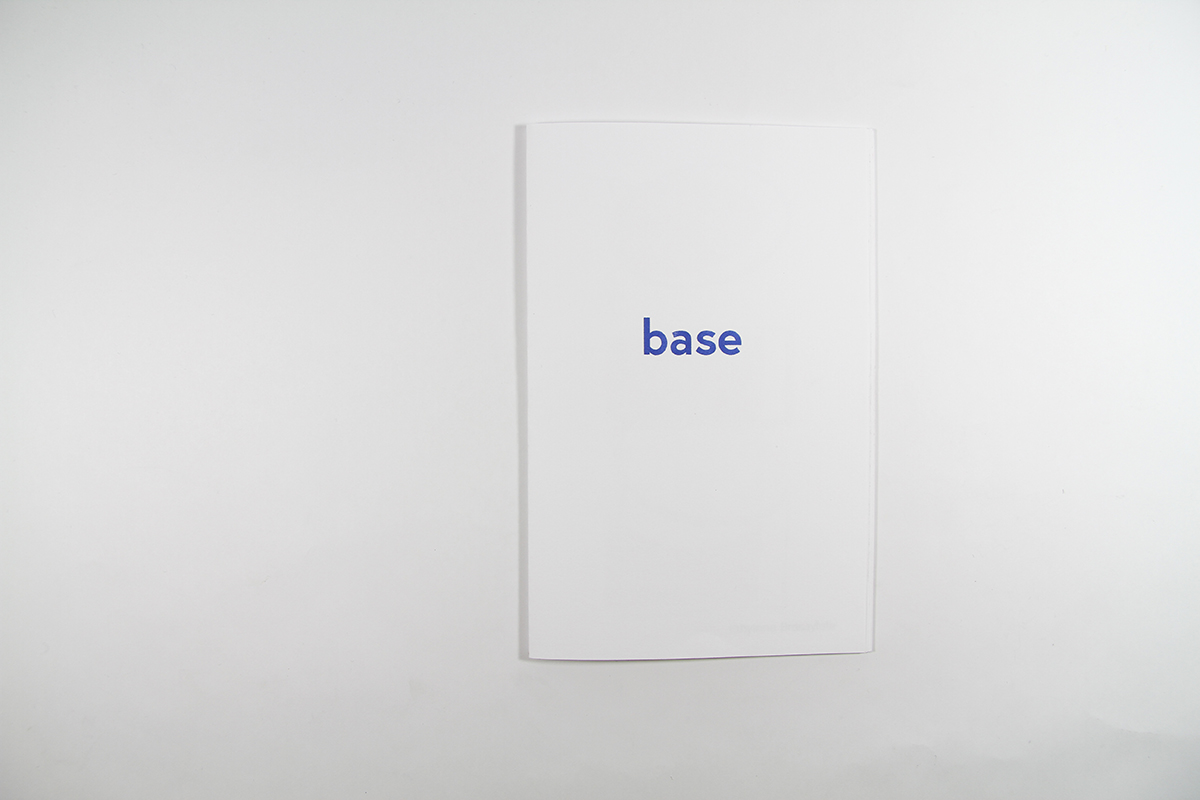














“Bottle In A Message” is the result of several ideas coming together:
Perfumes can be understood as symbols of identity. The scent a person wears—their “signature scent”—tells a lot about who they are and how they want to be seen. Smell, however, is the sense we know the least about. Outside of the immediate sensory experience, it can be difficult to conceptualize, represent, or even discuss.
Given the hyper-visual nature of much of our communication, I decided to use images to further explore the somewhat phantasmal language of perfumes, recreating a series of scents in graphic form. By expressing visually the combined components (molecules) of these scents, I offer a kind of sensory translation.
This process of sensory translation recalls the phenomenon of synesthesia in which the stimulation of one sensory pathway is perceived simultaneously through another sensory pathway—the experience of seeing music or hearing color, for example. I don’t personally have synesthesia and do not involuntarily see smells in my everyday life, but I wanted to use the concept of cross-sensory experience to explore the expressive nature of fragrance. With that in mind, I created visual representations of my olfactory perceptions of aromatic molecules, developing a new, cross-sensory language that might be “read” and interpreted by both the eyes and the nose.
I also wanted to use the book as a functional object rather than as a mere vehicle of communication or vessel of knowledge. Its layered pages create both a flow of information and also a guide to reading this information. The medium of the book serves as an optimal means of combining this molecular alphabet to spell out full fragrances. Like the pages of a book, the components of a perfume take a layered form, including a base accord, a middle or heart accord, and a top accord. Together, these three layered accords create a fragrance. In other words, the book both offers access to its contents and also coalesces into a whole—an art object in itself.
I began this project by smelling several smell molecules and selecting those that provoked the strongest reaction. I then drew what I perceived, creating a visual for each of my selected smell molecules. Next, I combined the molecules to create accords. The form of the book allowed me to layer these accords, creating a natural flow of information. As we shuffle the pages, we experience the top notes first, then the middle or heart notes, and finally, the base notes.
Each page of this book contains both a visual representation of a single smell molecule and also the smell molecule itself embedded in the paper. When we put these pages together in the form of a book, we visually and literally create a fragrance. It is therefore an interactive piece of art. The reader can reshuffle the pages as they please to create their own version of the fragrance.
This book does not seek to create and commercialize a scent. I am not a Nose and don’t pretend to be one. I have much admiration and respect for the artists who create fragrances and for the art of perfumery. This is an homage to that art, to the human experience of scent and sight, and to the marvelous phenomenon of synesthesia.
Bottle In A Message is part of the MoMa Library and SFMoMa Library.
The book was shown at the New York Art Book Fair in 2018 as part of the Printed Matter selection.
Available for purchase at A W I N D O W.